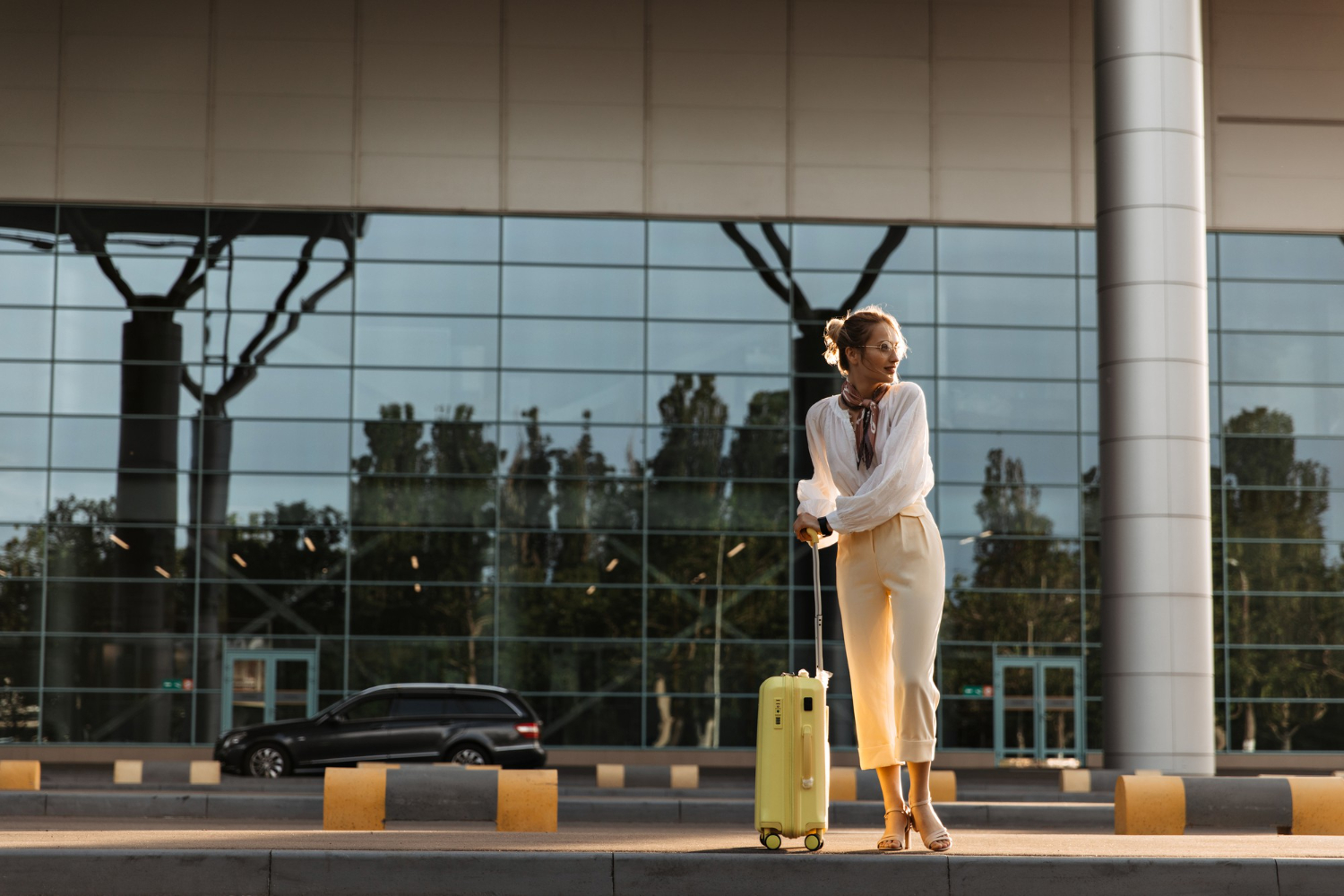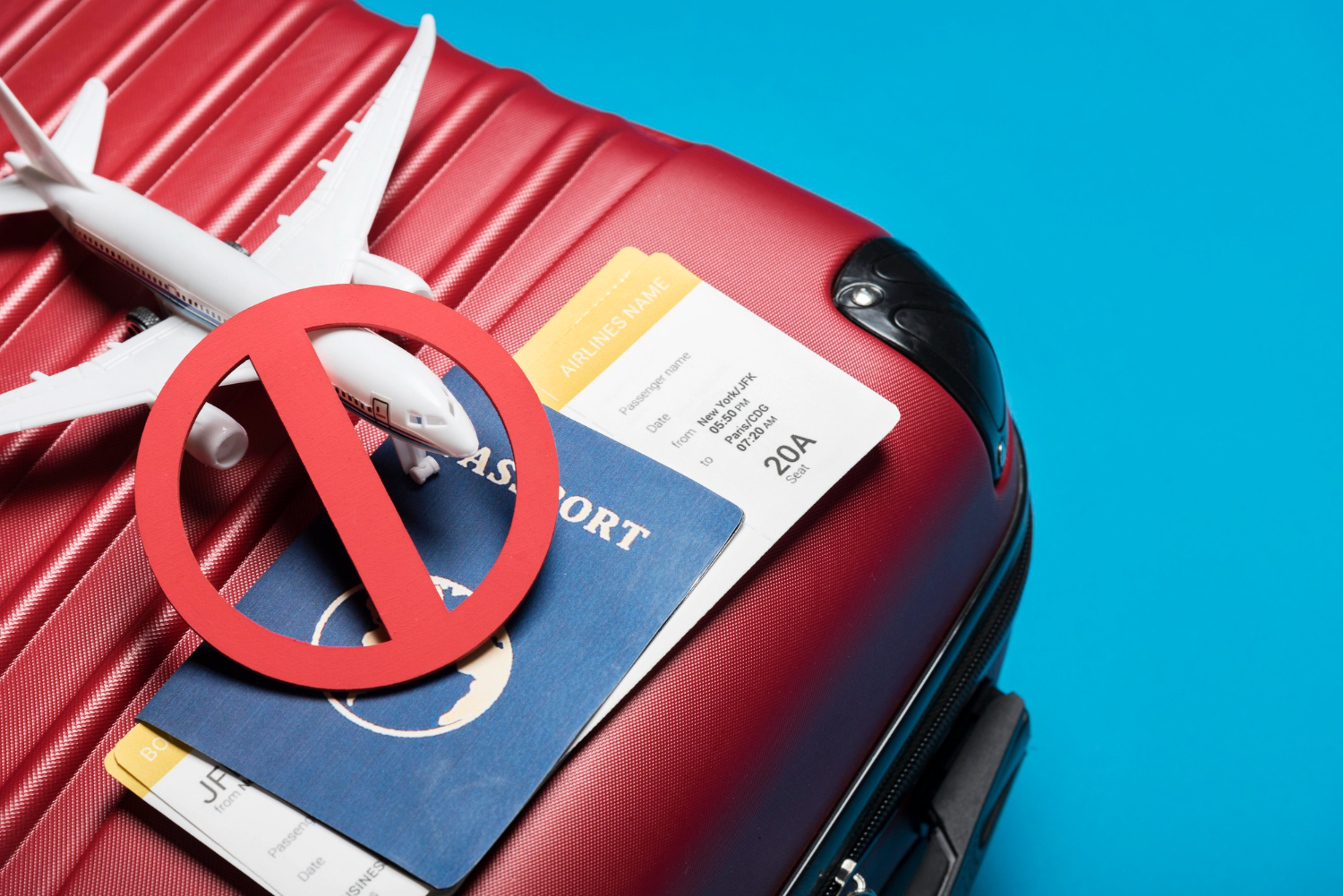
Top 7 Mistakes People Make in Australian Visa Applications (And How to Avoid Them)
Every week, we see applicants come to us after a failed visa attempt, wondering what went wrong. The truth is, many Australian visa rejections happen due to avoidable mistakes — not because the applicant was ineligible, but because their case wasn’t presented correctly.
If you’re planning to apply for a visa to Australia, here are the top mistakes to avoid so you don’t fall into the same trap.
1. Incomplete or Wrong Documents
One of the most common reasons for visa refusal is submitting documents that are either incomplete, outdated, or not translated correctly. Immigration officers won’t chase you for missing papers — they’ll simply reject the application.
Make sure your passport is valid, your financial proofs are clear, and all supporting evidence (like employment letters or travel plans) are current and verifiable.
2. Mismatched Information
The details on your form must match the documents you submit. Something as small as a different job title or unclear bank statement can raise red flags. Immigration case officers are trained to spot inconsistencies, and they will not hesitate to deny your application.
3. Weak Proof of Funds
Many applicants google “how much bank balance is needed for Australian visa,” but it’s not just about the number. You need to show where the money came from, how stable your income is, and that you can afford the trip without risk.
Fake or borrowed money is a red flag. Always submit genuine financial evidence.
4. No Proof of Return
If you’re applying for a tourist visa to Australia, one critical requirement is that you intend to return to your home country. If your documents don’t show strong ties — like a job, property, or family — you may be denied on the grounds of weak intent to return.
5. Submitting Too Much Information
Yes, that’s a thing. Some applicants believe “more is better” and submit 100+ pages of irrelevant documents. This actually confuses the case and increases the chance of refusal.
Focus on quality over quantity — every document should serve a clear purpose.
6. Copying Someone Else’s Template
What worked for your friend may not work for you. Every visa case is unique. If you copy someone else’s statement of purpose or use a generic template, your application will lose credibility.
7. Not Getting Professional Advice
If you’ve been rejected before, or your case is complex (medical issues, past overstays, family travel), trying to do it alone is risky. A registered migration agent for Australia knows exactly what the immigration office is looking for — and how to avoid errors you may never notice.



